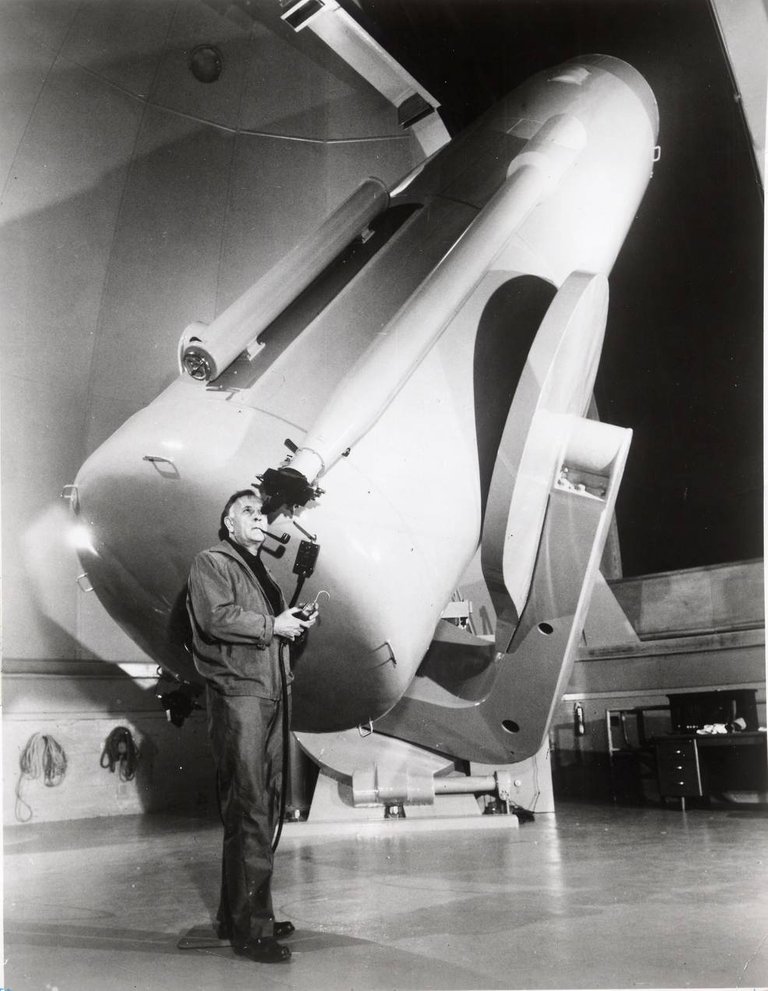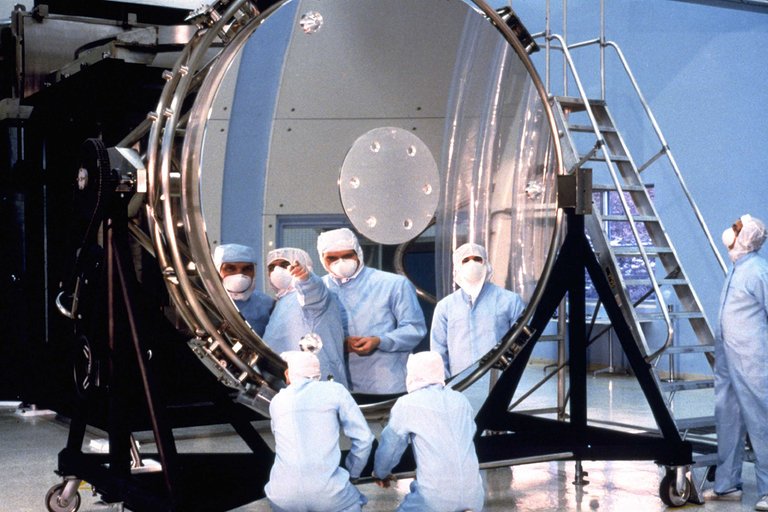Expansion of the Universe, Edwin Hubble, Astronauts, and the Hubble Space Telescope
The Universe is expanding into a 4th physical dimension. The expansion of the Universe is defined by the famous Friedmann Equation. Introduced by Alexander Friedmann of Russia in 1922, the equation was corroborated in 1929 by Edwin Hubble’s discoveries of distant galaxies and the red shifting of their spectra. Red shifting indicates that something is moving away from the observer at a high fraction of the speed of light, because the light waves are stretched, increasing the wavelength of the light the observer sees.
The Friedmann Equation is used in different forms, each based on different models of the Universe, and different assumptions about factors that are unknown. Variables in the Friedmann Equation include the gravitational constant (G), the Hubble parameter (H), a curvature parameter (k) which indicates whether the universe is “open” or “closed”, and a density factor (ρ) which is unknown but may be influenced significantly by the amount of “dark matter” in the Universe. An open universe is a universe that will continue to expand, which will happen if ρ is low. A closed universe is a universe that eventually will contract, due to the gravity from all of the matter contained within it. Some have speculated that if the Universe is closed, time will run backwards during the contraction phase.

Edwin Hubble source
It is Edwin Hubble for whom the Hubble Space Telescope is named. The space shuttle missions to repair the Hubble Space Telescope was considered more risky than most other space shuttle missions. This is because Hubble Space Telescope orbits Earth at an altitude of 307 nautical miles (569 km,) which is significantly higher than the orbit of the International Space Station, and at an inclination 28.5 degrees, which is less inclined from the Equator than the International Space Station. The International Space Station’s inclination of 51.6 degrees is to allow for Russian Soyuz spacecraft to reach it from their launch point, which is much further north than NASA’s. Because of the differences in altitude and inclination between the Hubble Space Telescope and the International Space Station, a space shuttle would not have enough fuel to be able reach ISS in an emergency, or to be reached by Soyuz spacecraft. For this reason there was much debate about whether the final mission to repair the Hubble Space Telescope should take place at all, though in the end it was launched, and was successful, giving the Hubble Space Telescope several more years contributing to humanity’s knowledge of the Cosmos.
Each time that space shuttle crews prepared for missions to repair the Hubble Space Telescope, those astronauts who would be doing the actual repair work spent more than 100 hours underwater at NASA’s Neutral Buoyancy Laboratory, an enormous pool. For every hour spent working in space, astronauts typically spend 10-12 hours practicing underwater, dressed in the same environmental mobility units (EMUs), the spacesuits that are worn during actual extravehicular activity (EVA). In preparation for repairing the Hubble Space Telescope, astronauts practiced the details of the repair work in the underwater simulation of EVA, equipped with full-size mock-ups of the space shuttle cargo bay and of the Hubble Space Telescope with all of the tiny parts that would be used during the repair, as well as duplicates of the instruments.
References:
- https://www.nasa.gov/content/about-the-hubble-story/
- https://www.nasa.gov/audience/forstudents/5-8/features/nasa-knows/what-is-the-hubble-space-telecope-58.html
- https://en.wikipedia.org/wiki/Edwin_Hubble
- https://astronomy.com/bonus/hubble
Posted with STEMGeeks
